| (Go directly to the Home Page) | |||||||||||||||||||||||||||||
|
THE BIRTH OF A MOVEMENT
|
|||||||||||||||||||||||||||||
| Dear Friends,
I’d like to give you some background on the ecological restoration movement---a movement that has shaped our views about the conservation of natural resources, and in the process fostered a quiet revolution in land management. The roots of the movement go back to the native landscapes that greeted the first Euro-American settlers to American continent---the prairies, the woodlands, the savannas, the wetlands, and other ecosystems that evolved over thousands of years. Settlers, being settlers, availed themselves of these rich natural resources in building America (while dispatching the Native Americans). They plowed the prairies, drained the wetlands, cleared the savannas, and cut over the hardwood and softwood forests. As a result, most of these original landscapes have disappeared or have been seriously degraded. |
|||||||||||||||||||||||||||||
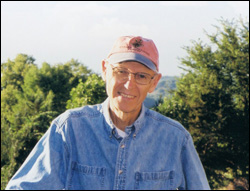 |
|||||||||||||||||||||||||||||
| b | |||||||||||||||||||||||||||||
| The losses led to the realization that these landscapes provided enormous environmental benefits. The prairies built the rich soils on which American agriculture depends; the wetlands captured and purified runoff; the forests provided a host of renewable raw materials. The ecosystems also supported a web of essential life from microbes, to insects, to wildflowers, birds, mammals and other wildlife. | |||||||||||||||||||||||||||||
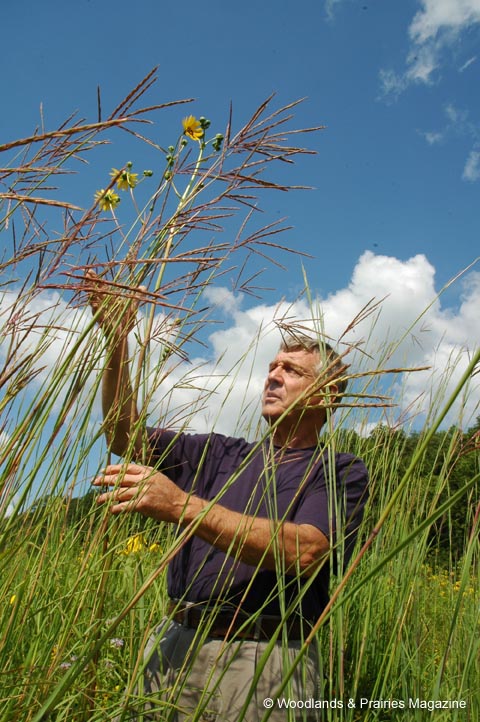 |
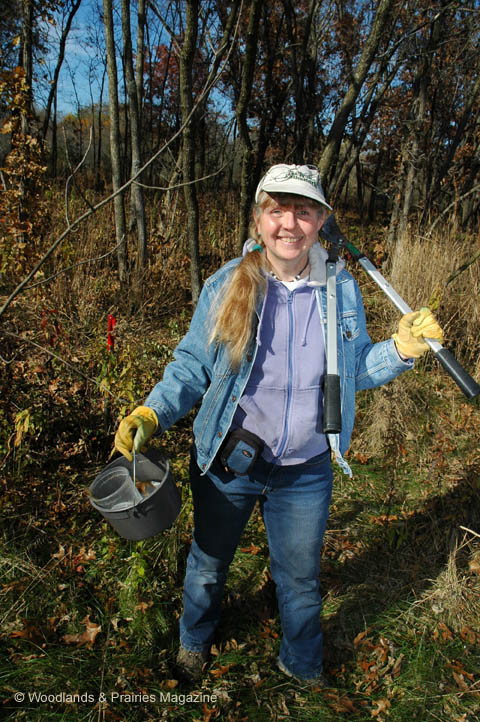 |
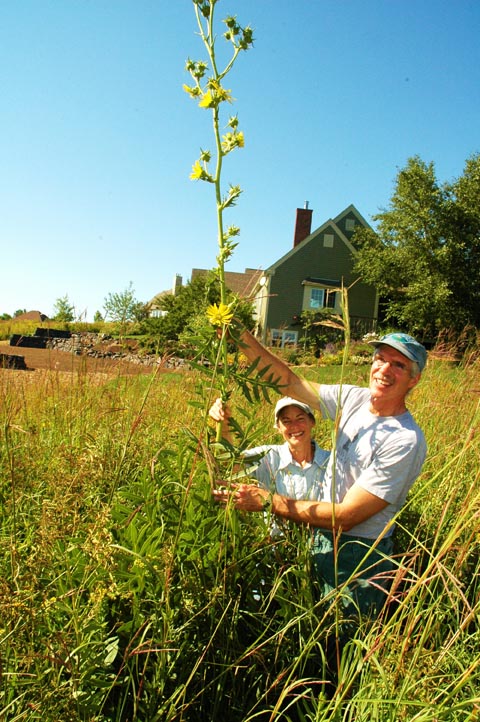 |
|||||||||||||||||||||||||||
|
Guy Denney with prairie reconstruction near Frederickton, Ohio.
|
Volunteer Susan Kenney fights invasive species along the Wisconsin River.
|
Doug and Betsy Lake grow native plants instead of turfgrass in Stillwater, Minn.
|
|||||||||||||||||||||||||||
| Concerns over the loss of these resources spawned a conservation movement led by scientists such as Also Leopold, whose land ethic defined man’s relationship to the natural world. The science of ecological restoration grew from these efforts to stop the degradation of soil and water resources. Another mission of ecological restoration is to preserve our natural heritage---the native species and plant communities, whose survival is under increasing threat. |
|||||||||||||||||||||||||||||
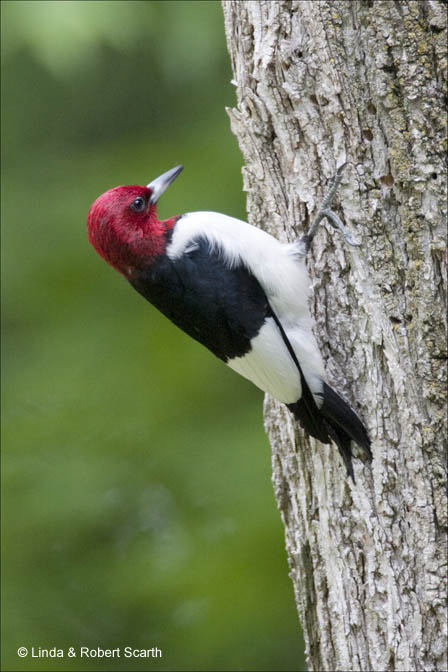 |
|||||||||||||||||||||||||||||
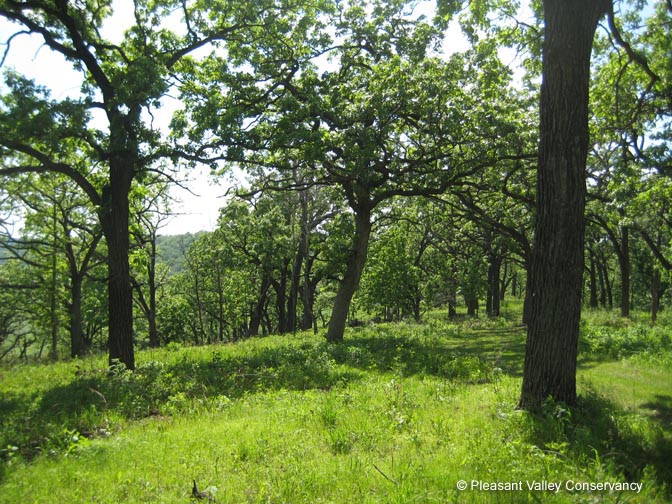 |
|||||||||||||||||||||||||||||
|
Red-headed woodpecker returns to a restored oak savanna in southern Wisconsin.
|
|||||||||||||||||||||||||||||
| But you don’t need to be a card-carrying ecologist to participate in the movement. Anyone can apply the principles of ecological restoration to protect natural resources. It’s happening every day at the grassroots. In a quiet revolution in land management, a growing number of people are getting off their riding lawnmowers to establish communities of adapted native grasses and forbs in their yards. Or they’re clearing overgrown oak savannas and watching the red-headed woodpeckers return. Or they’re breaking up the sea of corn and soybeans with islands of big bluestem and other components of the tallgrass prairie. You don’t need to own land to take part. Volunteers are helping to fill the need for workers to fight invasive species and do other restoration work on both public and private lands. |
|||||||||||||||||||||||||||||
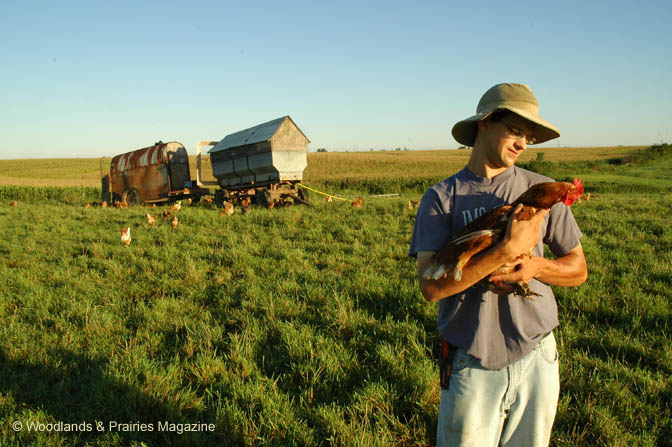 |
|||||||||||||||||||||||||||||
|
Galen Bontrager produces healthy food from healthy land near Wellman, Iowa.
|
|||||||||||||||||||||||||||||
| Some farmers are also part of the movement, applying ecological principles to produce healthy food from healthy land. This magazine is on the front lines, reporting on the movement at the grassroots. We can’t go back to the world that greeted settlers nearly 200 years ago. But we can use those native landscapes as models to help the land deliver a host of invaluable ecological goods and services, such as sequestering carbon, building soil, filtering and regulating storm-water runoff, and providing better habitat for wildlife. As Mrs. Woods would say: Join the revolution. The stakes were never higher. b Rollie Henkes, Editor and Publisher, Woodlands & Prairies Magazine Wood River Farm, 222 Burger Rd., Monona, IA 52519 rhenkes@neitel.net |
|||||||||||||||||||||||||||||
|
Woodlands & Prairies Magazine is published four times a year by Wood River Communications. © by Wood River Communications. Reproduction prohibited without written consent. |
|||||||||||||||||||||||||||||